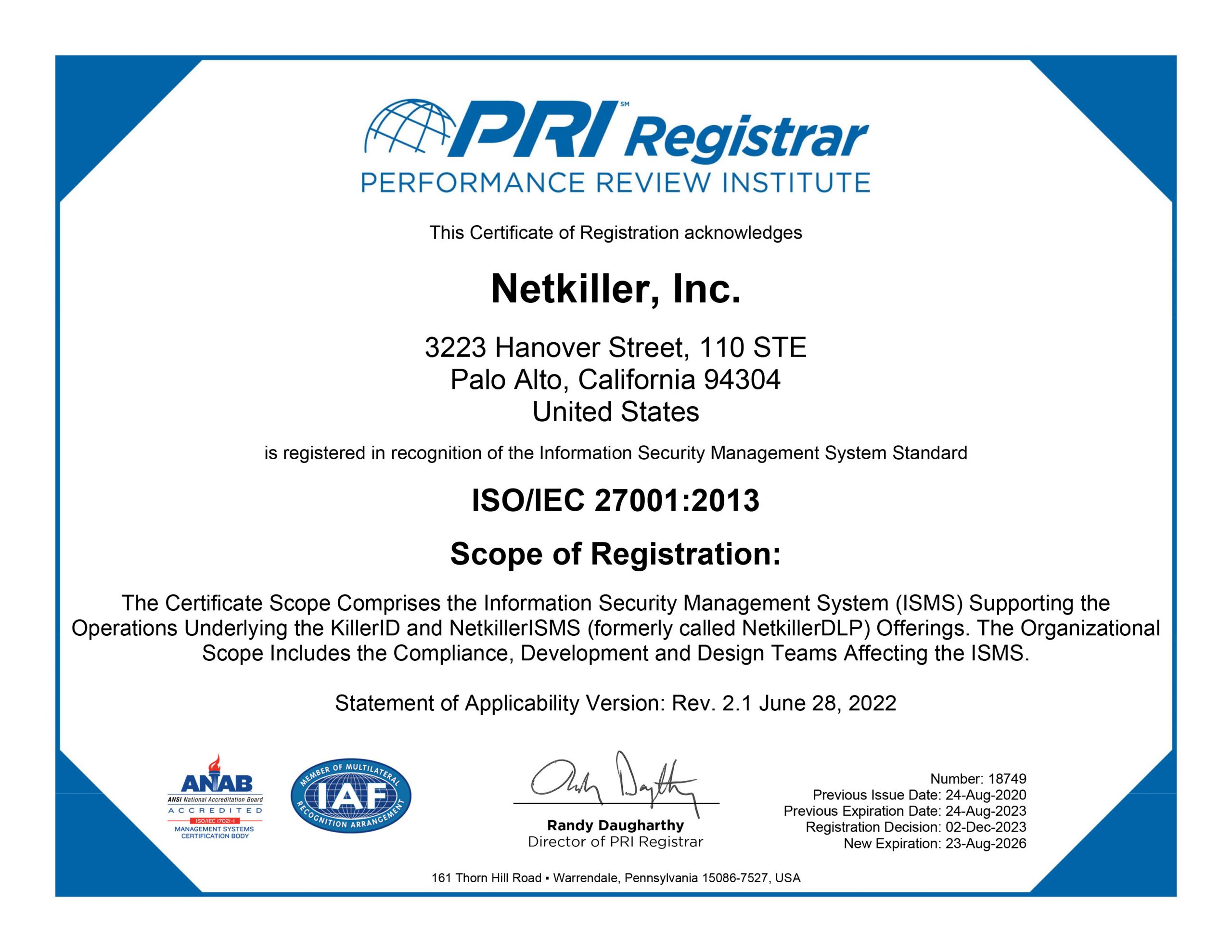Netkiller Security Policies
Privacy Policy
Communication Plan
Security Policy
Business Continuity Plan
ISO 27001:2013 Certificate
Terms of Service
Privacy Policy
Communication Plan
Security Policy
Business Continuity Plan
ISO 27001:2013 Certificate
ISO 27001:2013 Certificate

Terms of Service